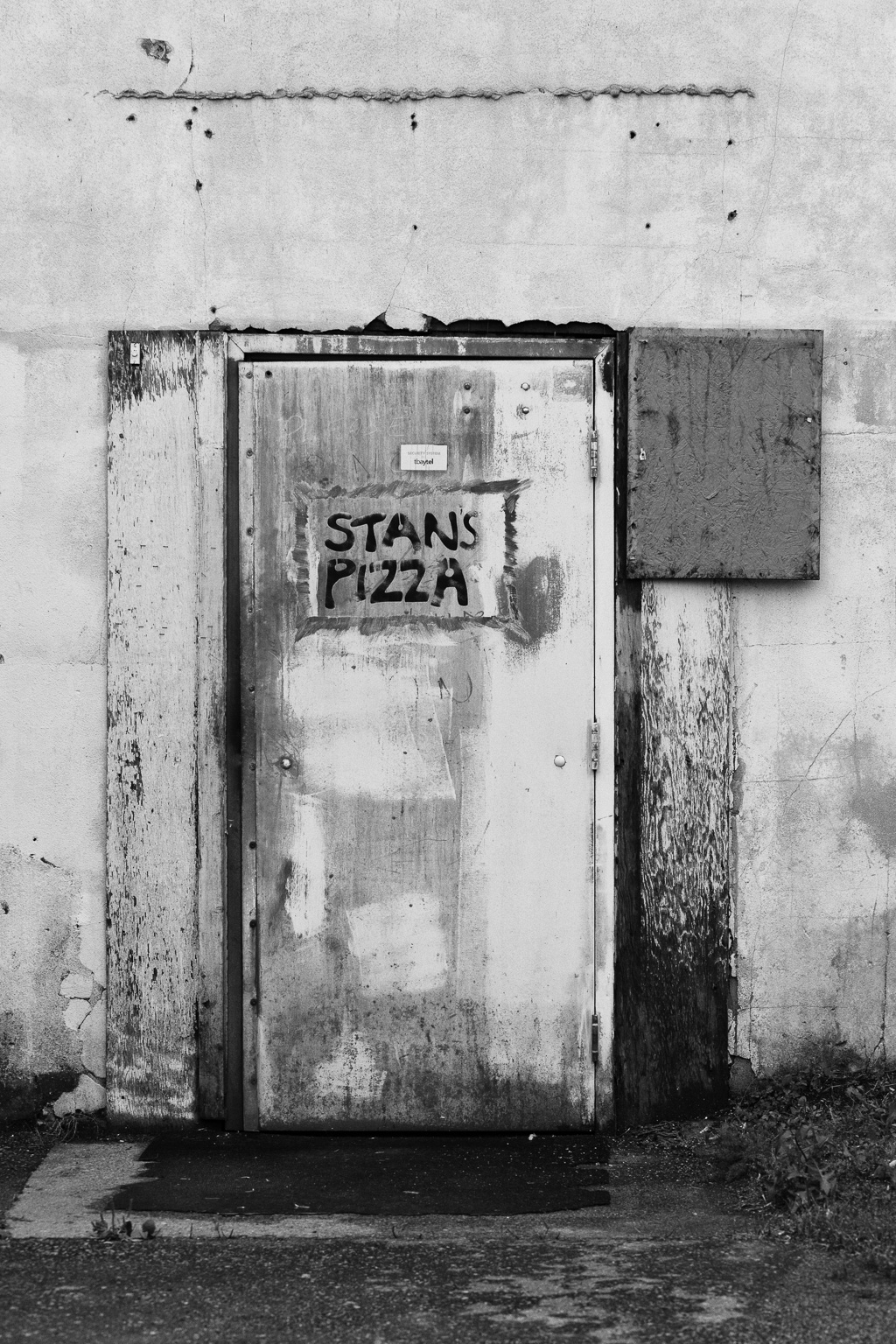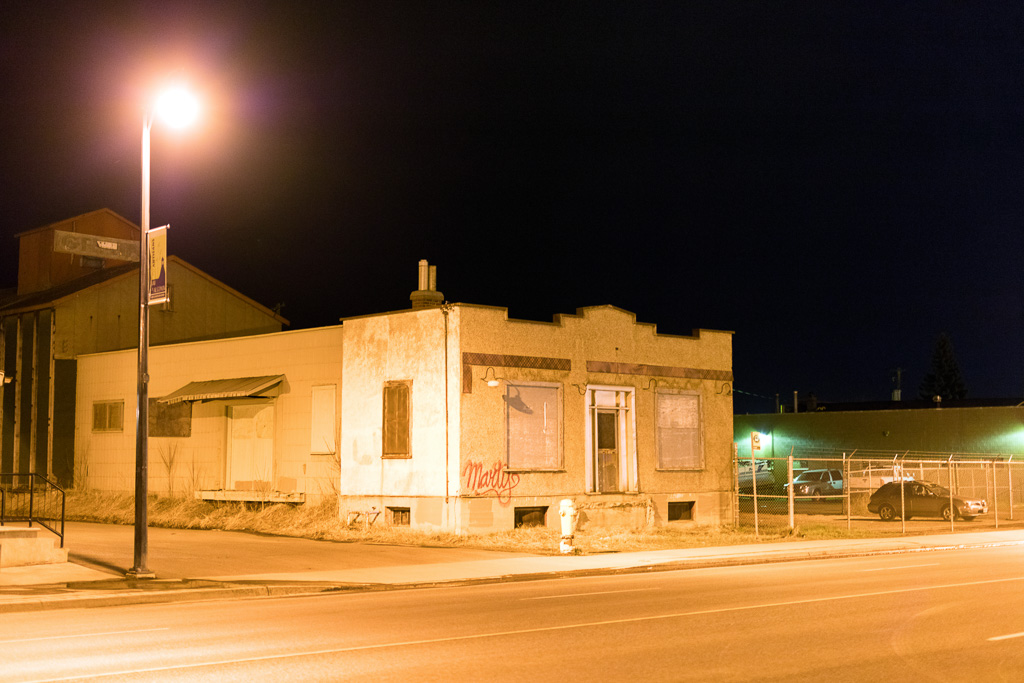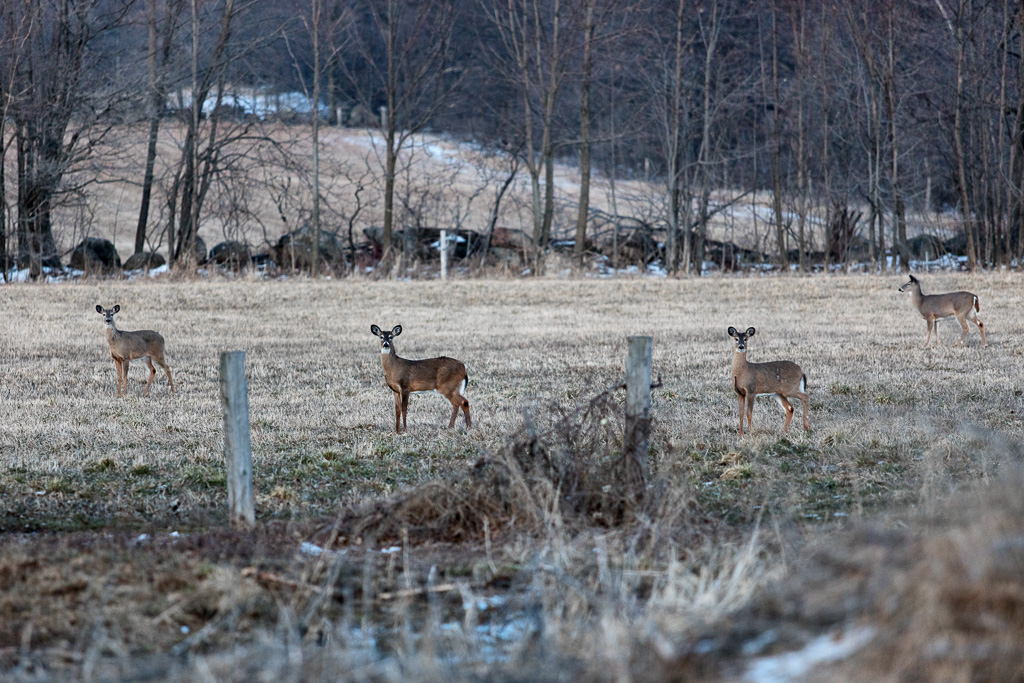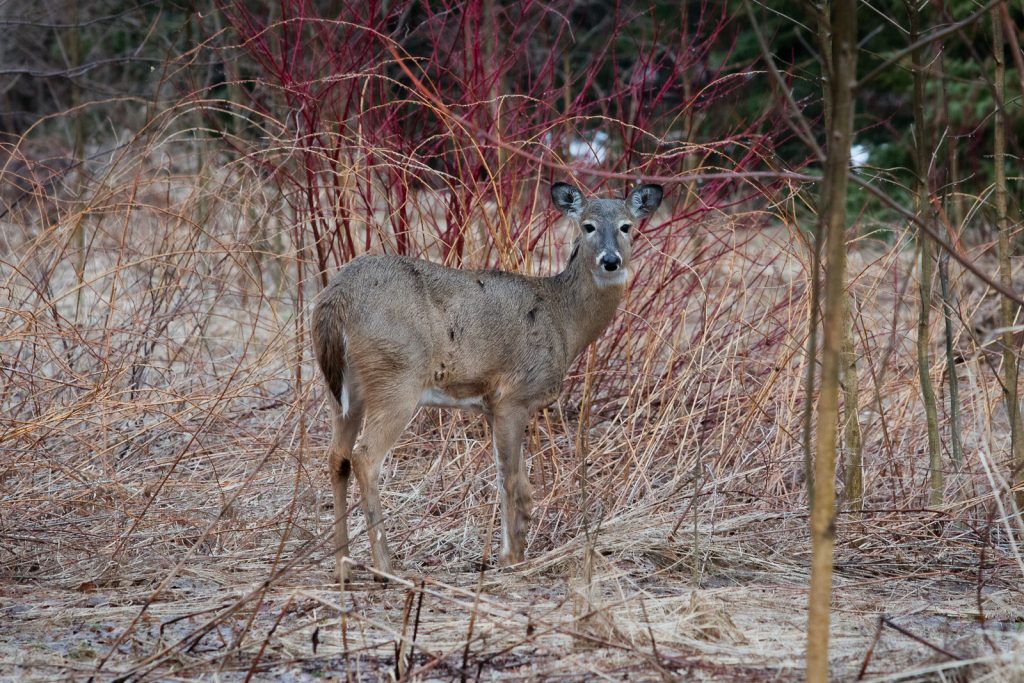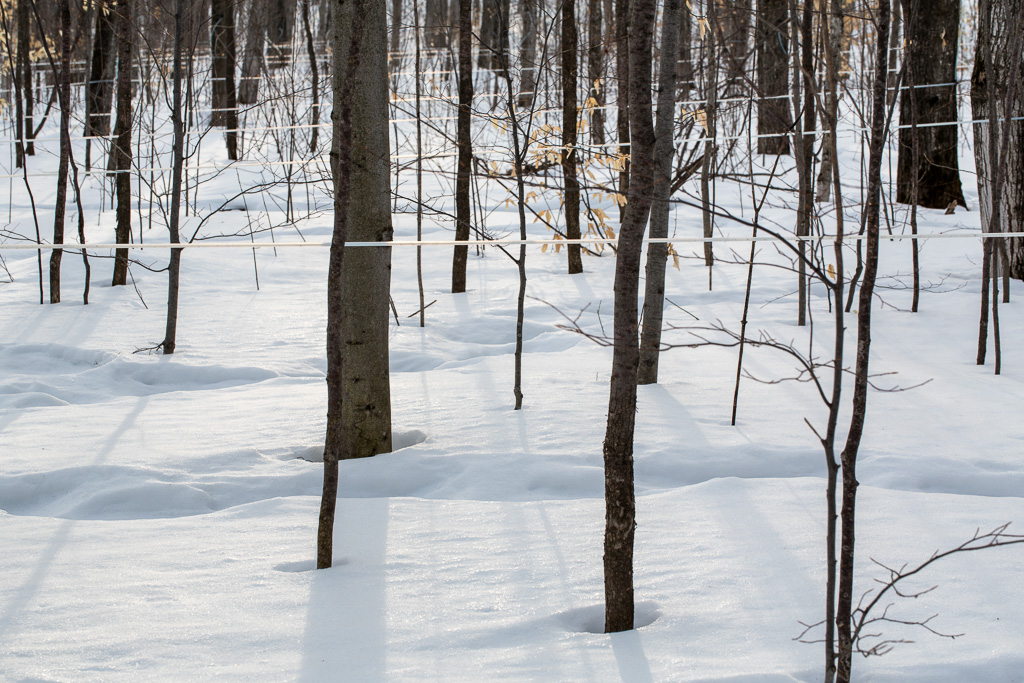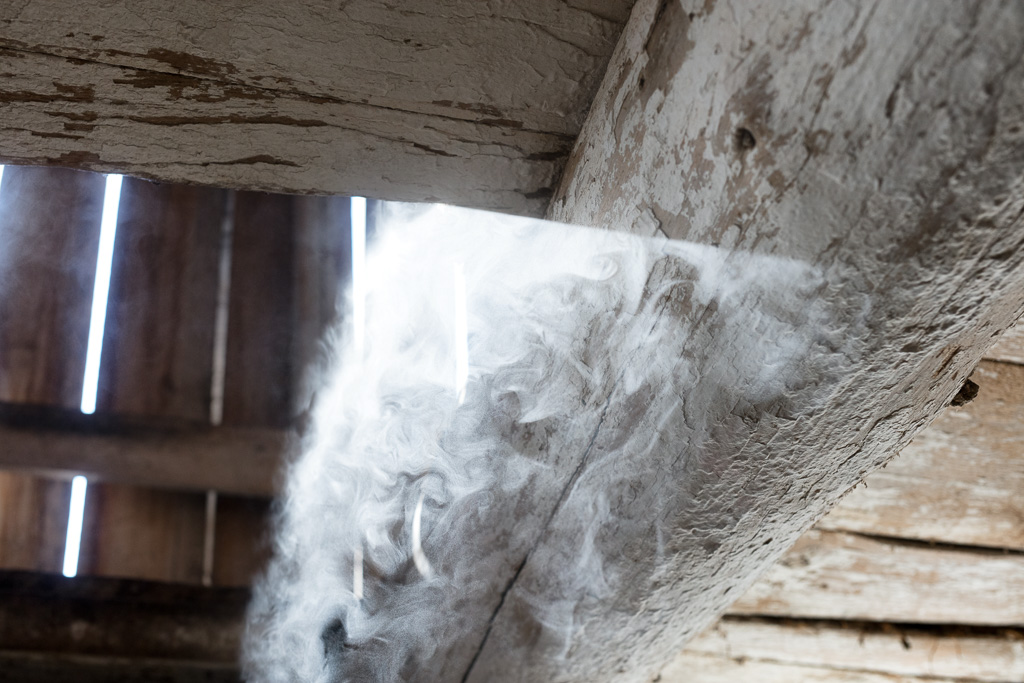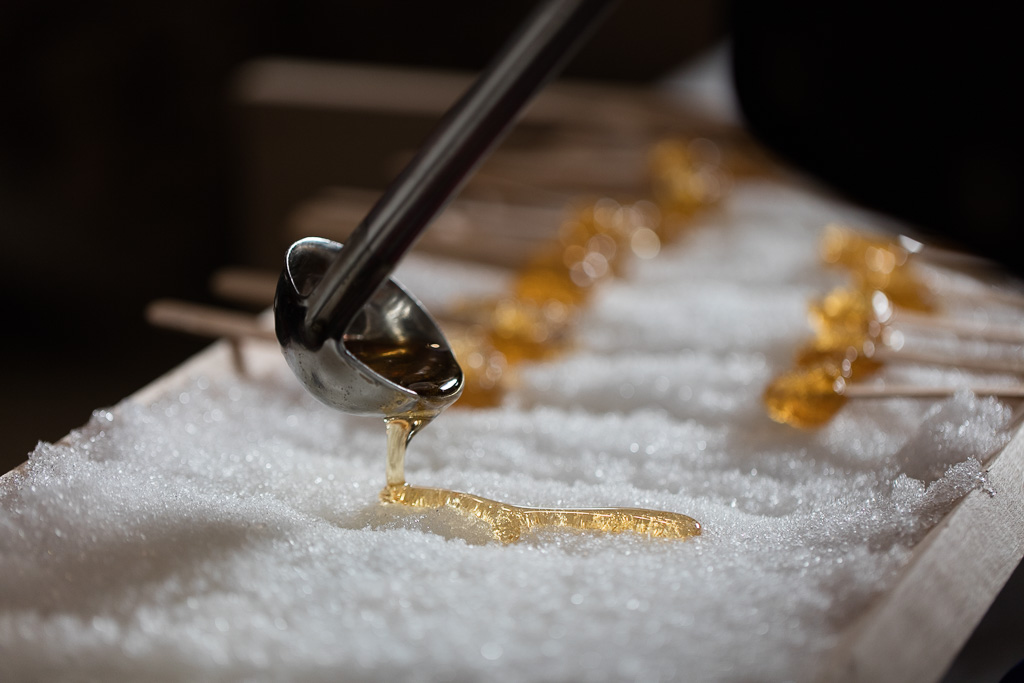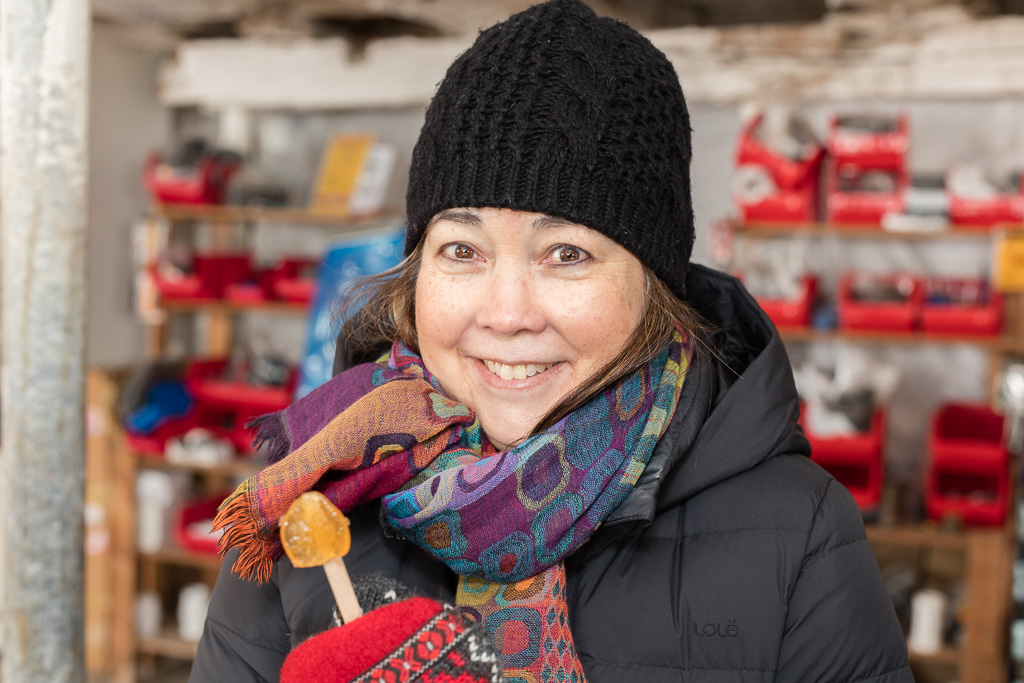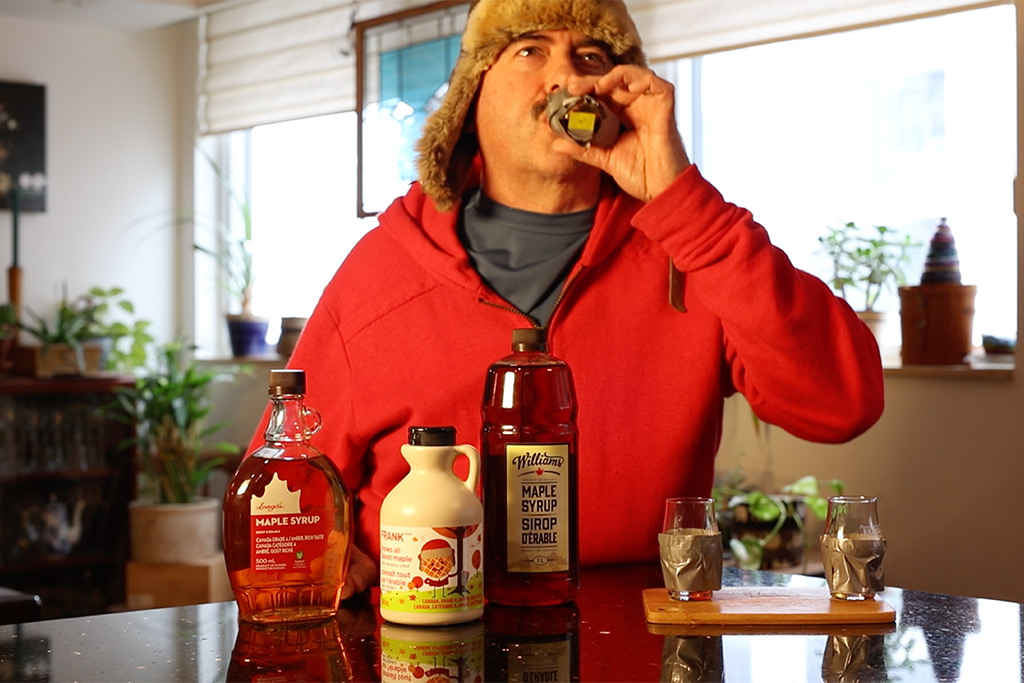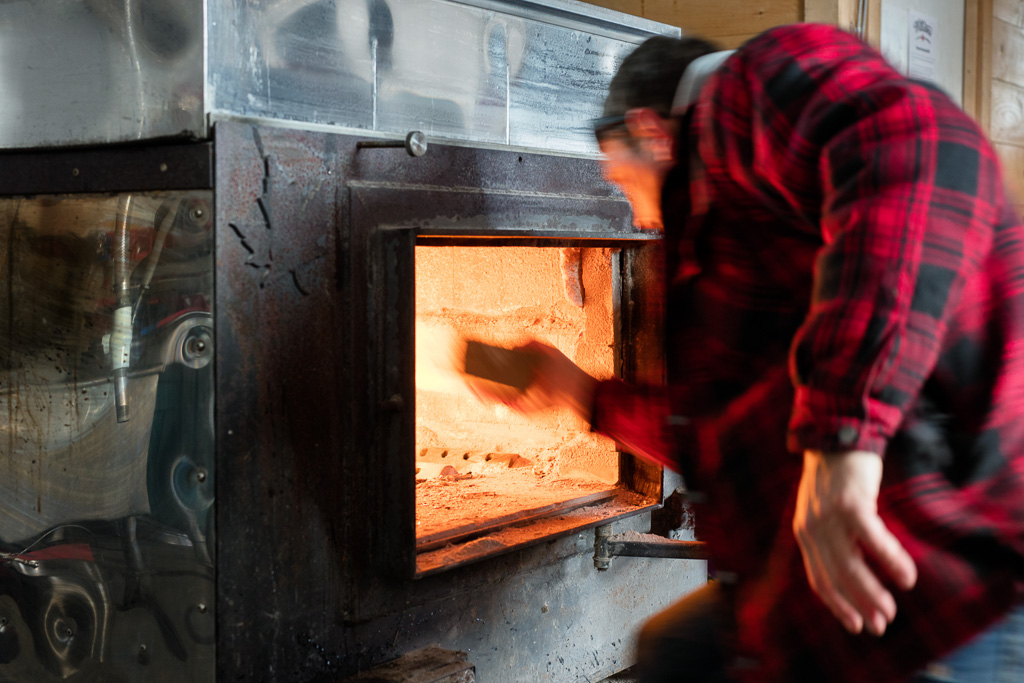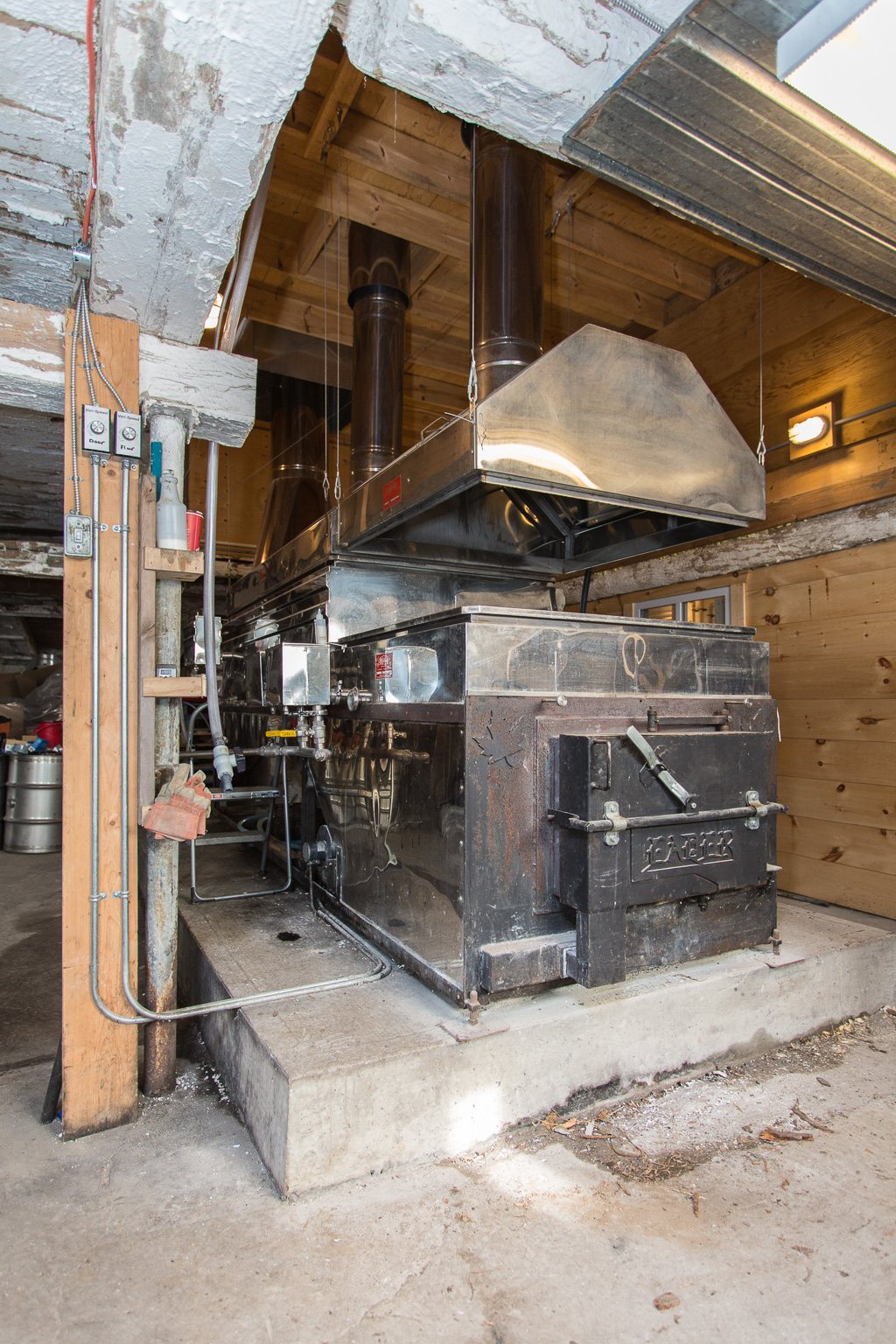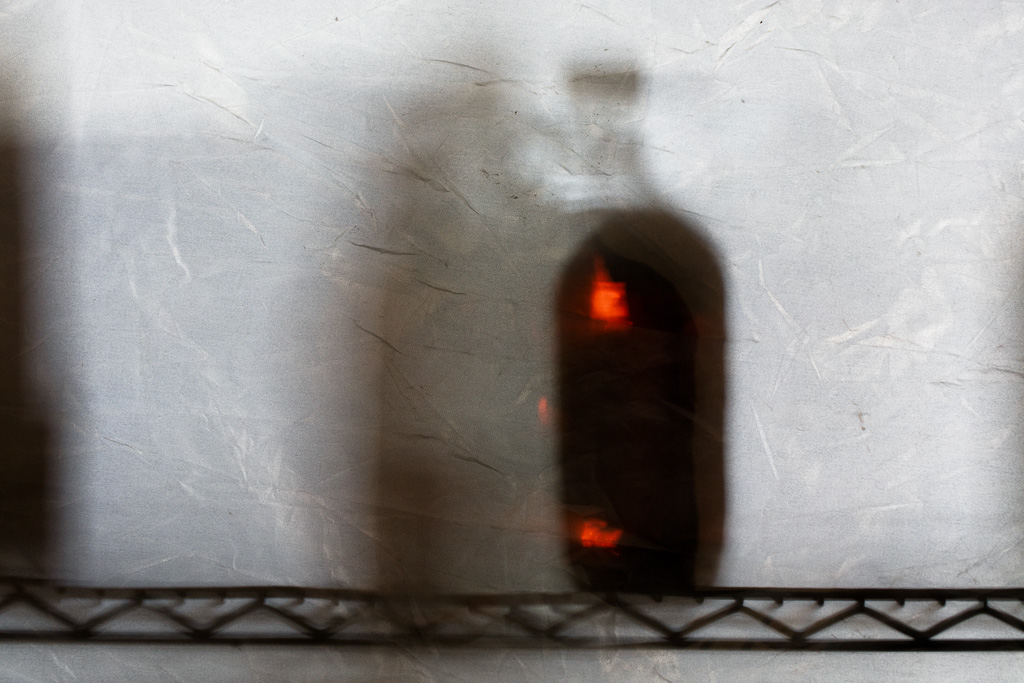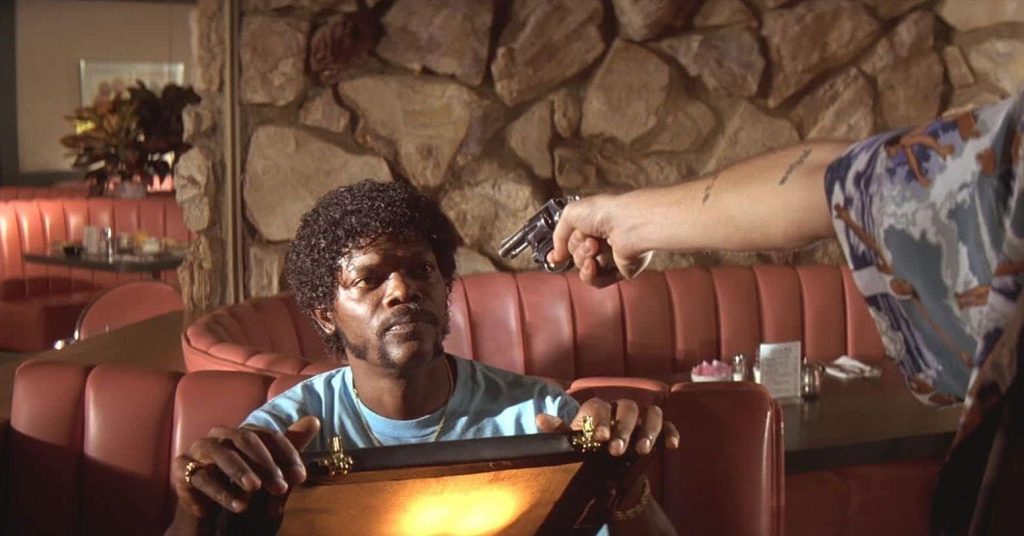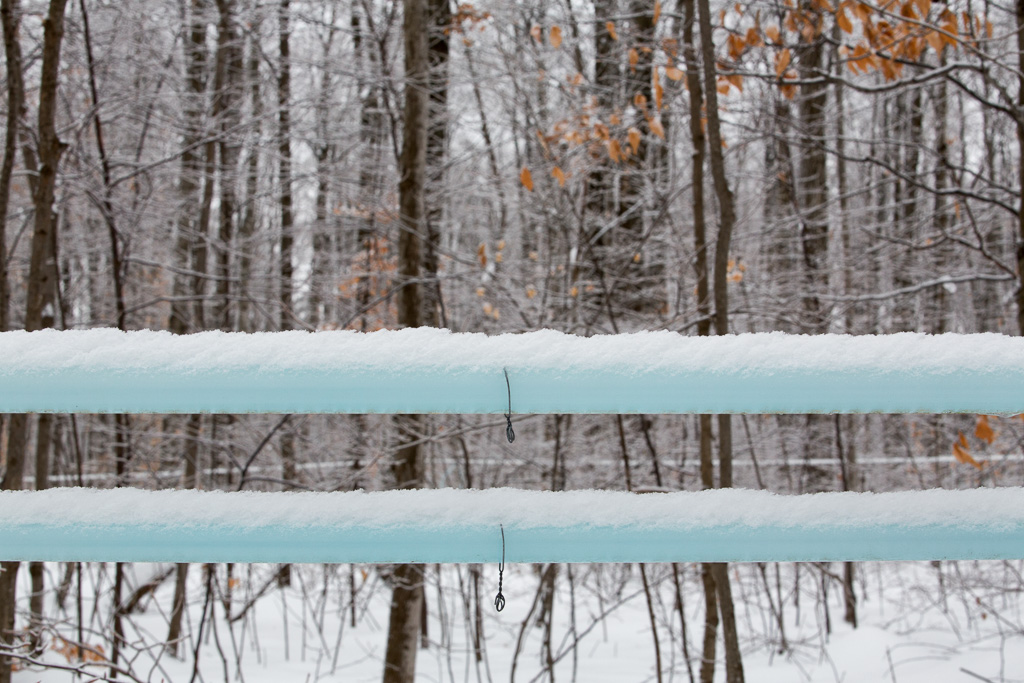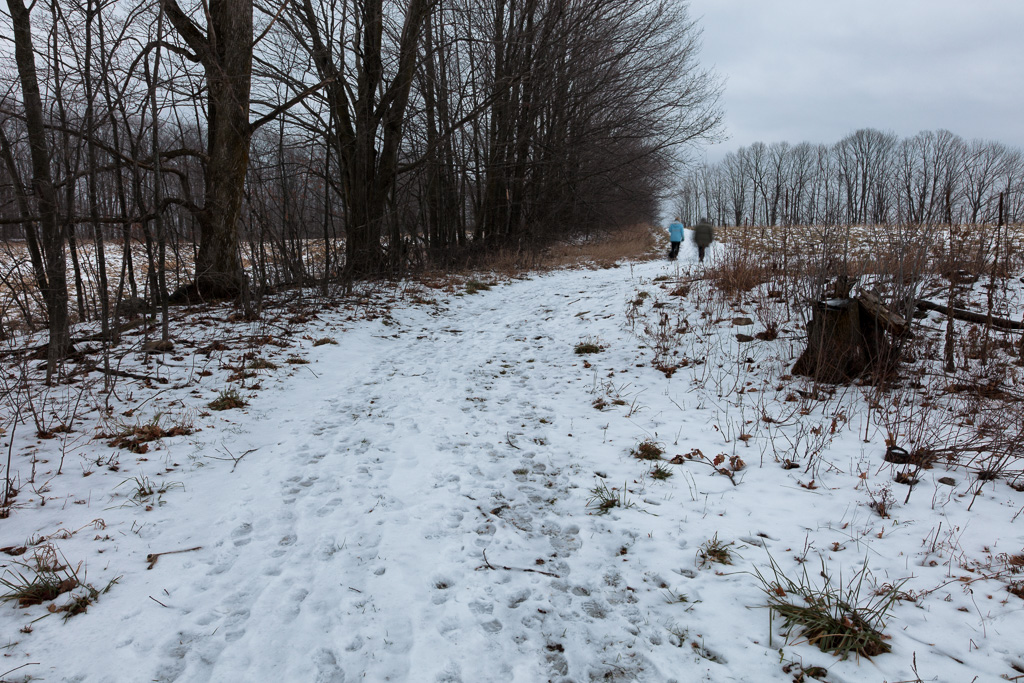Strange New Worlds, the latest installment in the Star Trek franchise, explores pre-Kirk life in the Federation. In particular, we learn the back story of Captain Christopher Pike whom we first met in “The Menagerie” which aired in 1966. Anson Mount plays the current iteration of Pike, a character written according to a longstanding template that makes him indistinguishable from James T Kirk. When he’s not in the chair on the bridge, he’s riding a horse in Montana while sporting a rugged beard. Starfleet rules are really suggestions, but he only breaches them when higher values are at stake. And he carries himself with a good-humoured sex appeal that, sooner or later, will have some large-breasted alien swooning.
Why, you may ask, does a guy with a photo blog post a piece about Star Trek? Glad you asked. It turns out they’re filming Strange New Worlds in that strangest of strange new worlds, the city of Toronto. This became cringingly obvious in the first shots of episode 3, “Ghosts of Illyria.” The opening shots establish that the Enterprise is in orbit around an alien world, home to species called the Illyrians. The next shot takes us to the planet’s surface where an away team has landed only to find that the planet’s inhabitants are missing. We swoop across the surface of a large body of water and the camera rises to the horizon. A strange alien structure comes into view.
It’s Ontario Place. But in the future. And on another planet.
For more than 10 years now, Ontario Place has been a sad shell of its former self, serving no particular purpose other than to slowly rust away into the lapping waters of Lake Ontario. Doug Ford’s decision to make it a terminus for his new subway line strikes me as utterly pointless. Once built, the Ford line will be the subway ride to useless. But don’t worry. He’ll license a casino there to one of his mob cronies and all will be well.
The irony is that when it first opened in 1971, it reflected an optimistic vision of the future, or at least the future as its architect, Eb Zeidler, imagined it. At the same time as Zeidler was preparing his plans, Stanley Kubrick was giving us far out furniture on his 2001 space station and selling space travel as a glorified acid trip. The only thing missing from the original Ontario Place designs was a humongous lava lamp. It’s the kind of place you could go for a giant city-wide key party. The future was so much better back then.
In the Star Trek version of the future, Ontario Place is ground zero for a plague transmitted by photons. Once infected, victims crave light which of course produces photons and increases the likelihood of transmission. This futuristic plague’s version of masking is to turn out the lights. The only thing missing from this episode are the anti-darkness truckers who demand in the name of freedom the right to turn on the lights and infect their Enterprise crewmates. But I guess that would make it more like Toronto today than the Federation in stardate 2548.3.


